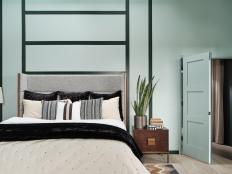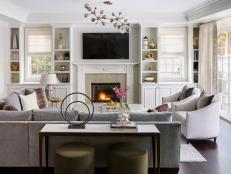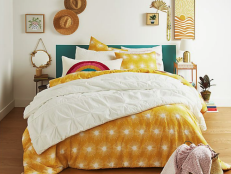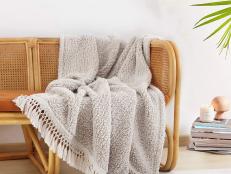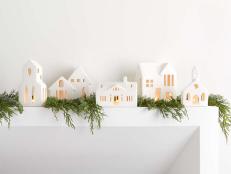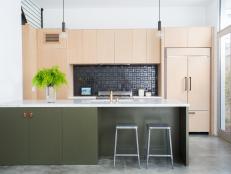Modern Bedroom Color Schemes
Choose a color scheme that will complement your favorite modern bedroom furnishings.
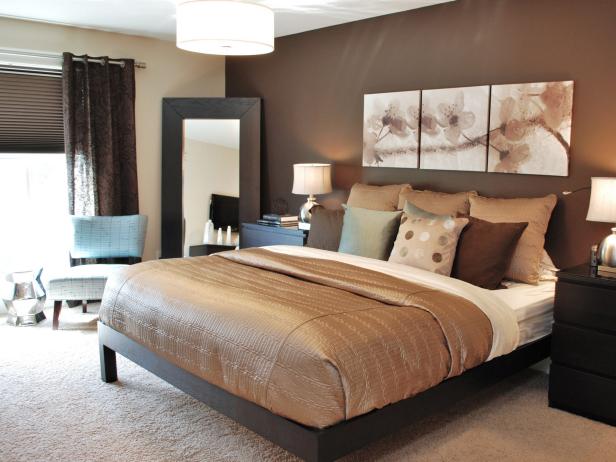
If you're decorating your bedroom in a modern style, you can choose from a variety of color combinations that will showcase the strong lines of your furniture pieces. First, however, you'll want to define just what "modern" means to you.
While the terms "modern" and "contemporary" are often used interchangeably, there are differences. Modern design isn't technically new; it emerged in the late 1800s and leans on Asian and Scandinavian design. Modern furnishings incorporate straight, simple lines and neutral colors. The emphasis is on simplicity and function.
"Midcentury modern" emerged during the 1950s; it features bright shades such as chartreuse and flamingo pink. The contemporary decorating style emerged later, in the 1970s, and continues to evolve based on current trends. While bearing similarities to modern style, contemporary design incorporates a mix of Art Deco, deconstructivism, futurism and other styles. Colors run the gamut, generally dictated by the personal taste of the homeowner.
The colors you choose will depend on the goals you have for your personal retreat. If you want to go all-out in pulling your look from the past, you can do just that. Choose which specific style (or combination of styles) you like best, and choose your colors accordingly. You can create a room that has the feel of stepping back in time.
On the walls, you can go with a favorite deep shade (green, orange or gold work well) or, if you have colorful pieces to showcase, let them pop against walls painted in a white or neutral shade.
If you don't want your bedroom to look like a time capsule, balance classic and modern colors for an eclectic look. Consider how your pieces might look against a wall painted royal or navy blue or a rich but soft grey. Deep red shades can work with white or black pieces. The clean, simple lines of modern furniture will keep a room with walls in deeper shades from being too heavy. Be sure to choose colors that will complement, not overpower, any wood or fabric tones you want to showcase.
White also works for an eclectic look, particularly if your furnishings have distinct colors you don't want to become lost.
See Also: How to Choose Paint Colors









